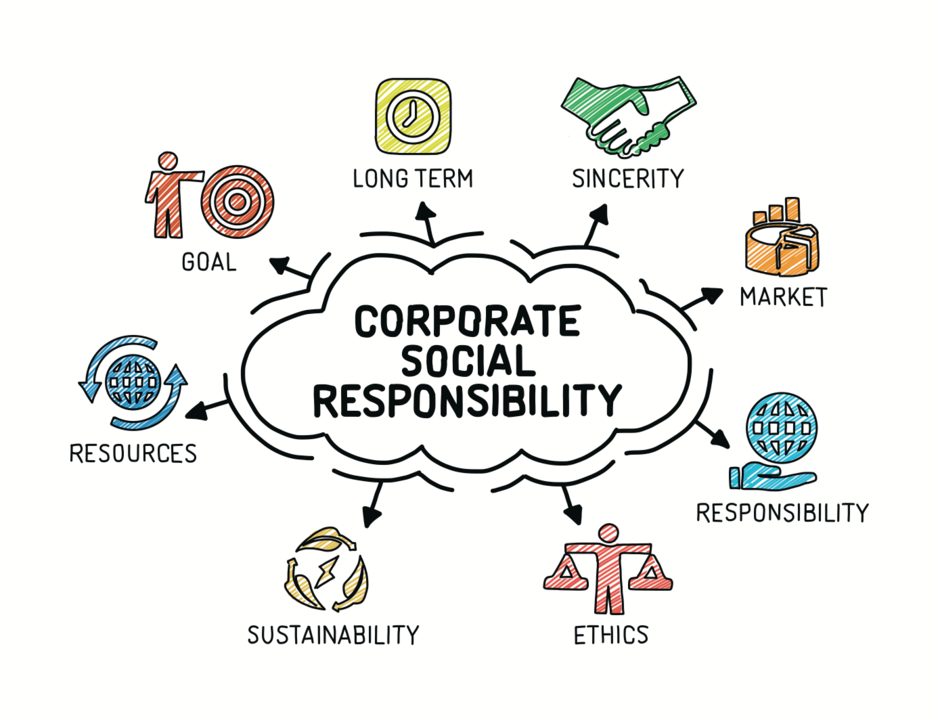Building Trust Through Authenticity: The Power of Genuine Branding and Community Efforts

Ever wonder why some brands have raving fans while others struggle to build a loyal customer base? The secret sauce is genuine branding and community efforts. Ready to dive into how you can build unshakable trust with your audience? Let’s get started and transform your brand into a community-driven powerhouse!
In today’s competitive market, building consumer trust is more crucial than ever. Genuine branding and robust community efforts not only foster trust but also create a loyal customer base that can become your brand’s biggest advocates. This blog explores the importance of these strategies, provides practical tips, and includes real-world examples and statistics to highlight their effectiveness.

1. The Power of Genuine Branding
Genuine branding involves being transparent and authentic about your brand’s values, mission, and practices. It means consistently delivering on your promises and showing your true self to your audience. This builds a strong foundation of trust and fosters a loyal customer base.

Why It Matters:
- According to a survey by Stackla, 86% of consumers say authenticity is key when deciding which brands they like and support.
- A report by Cohn & Wolfe found that 91% of consumers are willing to reward a brand for authenticity via purchases, investment, and advocacy.
Examples:
- Patagonia: Known for its commitment to environmental sustainability, Patagonia’s genuine branding efforts include donating a portion of profits to environmental causes and encouraging customers to repair rather than replace their gear. This approach has earned them a loyal customer base and significant brand trust.
- Dove: Dove’s “Real Beauty” campaign focuses on promoting body positivity and self-esteem, using real women instead of models. This genuine approach has resonated with consumers, boosting trust and brand loyalty.
- TOMS: TOMS’ “One for One” initiative, which donates a pair of shoes for every pair sold, showcases their genuine commitment to social causes. This transparency and authenticity have strengthened consumer trust and brand loyalty.
2. Building and Nurturing Communities
Creating and nurturing communities involves engaging with your audience in meaningful ways, both online and offline. This can include social media interactions, community events, and providing platforms for customers to connect with each other. A strong community fosters loyalty and brand advocacy.

Why It Matters:
- According to a report by Edelman, 73% of consumers say they are willing to pay more for products and services from companies that are transparent and genuine.
- A study by the Harvard Business Review found that customers who engage with a brand’s community are 2x more likely to make a purchase.
Examples:
- LEGO: LEGO has built a robust online community where fans can share their creations, participate in contests, and provide feedback. This engagement has not only increased brand loyalty but also driven innovation through user-generated content.
- Glossier: Glossier leverages its community by involving them in product development and feedback through social media and their online platform. This approach has fostered a strong, engaged community and enhanced brand trust.
- Starbucks: Starbucks’ “My Starbucks Idea” platform allows customers to submit ideas for new products, services, and store improvements. This inclusive approach has created a sense of community and belonging, driving customer loyalty and trust.

3. Transparency and Ethical Practices
Transparency and ethical practices involve openly sharing information about your business operations, sourcing, and impact. Being honest about your successes and challenges builds credibility and trust with your audience.

Why It Matters:
- A survey by Label Insight found that 94% of consumers are likely to be loyal to a brand that offers complete transparency.
- According to Accenture, 62% of consumers want companies to take a stand on current and broadly relevant issues like sustainability, transparency, or fair employment practices.
Examples:
- Ben & Jerry’s: Known for its social activism, Ben & Jerry’s transparently communicates its sourcing, fair trade practices, and social impact initiatives. This transparency has bolstered consumer trust and brand loyalty.
- Everlane: Everlane’s “Radical Transparency” approach involves openly sharing the costs behind their products and their ethical manufacturing processes. This level of transparency has attracted a loyal customer base that values ethical practices.
- The Body Shop: The Body Shop’s commitment to cruelty-free products and ethical sourcing is clearly communicated to consumers, fostering trust and brand loyalty.
4. Engaging Content and Storytelling
Engaging content and storytelling involve creating compelling narratives that resonate with your audience’s values and interests. This helps to humanize your brand and create emotional connections that build trust and loyalty.

Why It Matters:
- According to a study by Headstream, if people love a brand’s story, 55% are more likely to buy the product in the future, 44% will share the story, and 15% will buy the product immediately.
- A report by Nielsen found that branded content that tells a story increases purchase intent by 50%.
Examples:
- Airbnb: Airbnb’s content marketing often features stories from their hosts and guests, showcasing unique travel experiences and fostering a sense of community. This storytelling approach has significantly increased brand engagement and trust.
- Warby Parker: Warby Parker shares stories about their mission to provide affordable eyewear and their social impact initiatives, creating a strong emotional connection with their customers.
- REI: REI’s #OptOutside campaign encourages people to spend time outdoors and share their experiences on social media, building a community of outdoor enthusiasts and strengthening brand loyalty.
5. Incorporating Social Responsibility
Incorporating social responsibility into your brand involves taking actions that benefit society and the environment. This not only demonstrates your commitment to making a positive impact but also aligns your brand with the values of socially conscious consumers.

Why It Matters:
- A study by Cone Communications found that 87% of consumers would purchase a product because a company advocated for an issue they cared about.
- According to Nielsen, 66% of consumers are willing to pay more for sustainable brands.
Examples:
- Tesla: Tesla’s commitment to sustainability and renewable energy resonates with consumers who value environmental responsibility. Their transparent communication about their mission and practices enhances trust and loyalty.
- Patagonia: Patagonia not only commits to environmental sustainability but also actively campaigns for environmental protection, encouraging customers to participate in their initiatives. This strong stance on social responsibility solidifies their authenticity and customer trust.
- Levi’s: Levi’s sustainable practices, such as using less water in manufacturing and promoting recycling, align with their commitment to social responsibility. This transparency and action foster consumer trust and loyalty.
6. Personalization and Customer Engagement
Personalization and customer engagement involve tailoring your interactions and content to meet the specific needs and preferences of individual customers. This can include personalized recommendations, targeted marketing, and responsive customer service.

Why It Matters:
- According to Epsilon, 80% of consumers are more likely to make a purchase when brands offer personalized experiences.
- A report by Salesforce found that 62% of consumers expect companies to adapt based on their actions and behaviors.
Examples:
- Amazon: Amazon’s personalized recommendations and targeted marketing emails create a tailored shopping experience that builds customer loyalty and trust.
- Netflix: Netflix’s personalized content recommendations keep users engaged and satisfied, fostering a strong sense of loyalty.
- Spotify: Spotify’s personalized playlists, like Discover Weekly, use data to curate a unique listening experience for each user, enhancing engagement and trust.
Ready to transform your brand into a trust-building machine? Start by being genuine, fostering community, and staying transparent. Don’t miss out on creating a loyal customer base that champions your brand. The future of your brand is in your hands — let’s make it authentic and community-driven!

Conclusion
In 2024, genuine branding and community efforts are not just buzzwords but essential strategies for building consumer trust and loyalty. By embracing authenticity, fostering community, maintaining transparency, incorporating social responsibility, and leveraging engaging content, brands can create meaningful connections with their audiences. Start implementing these tactics today and watch your brand’s trust and loyalty soar in the dynamic digital landscape.

Comments
Post a Comment